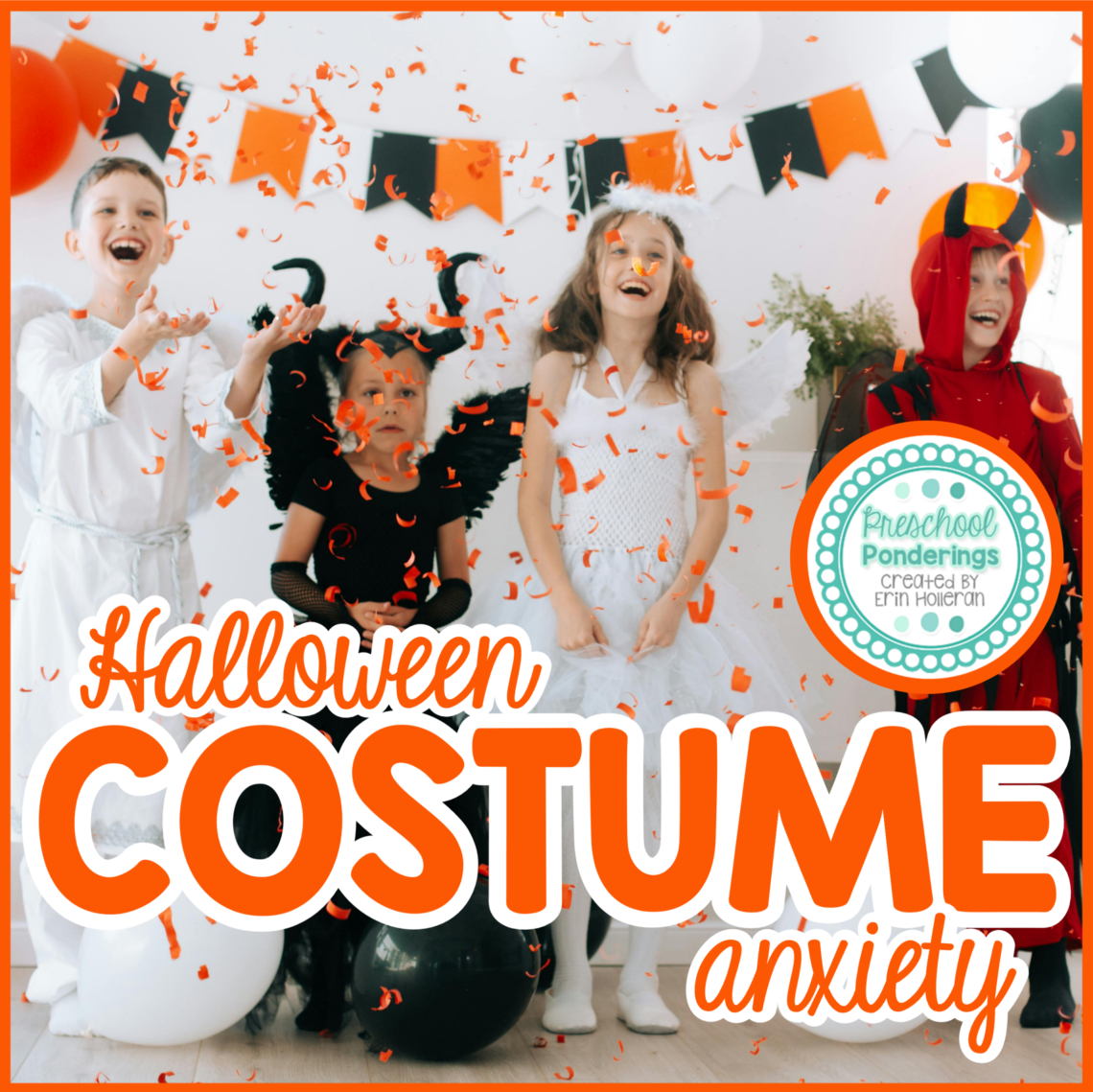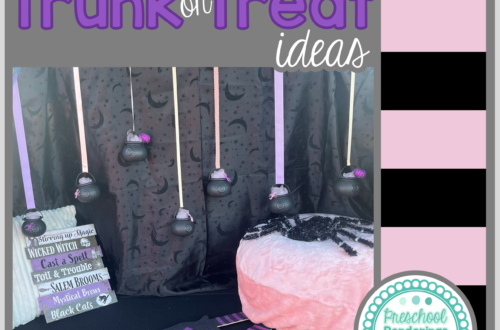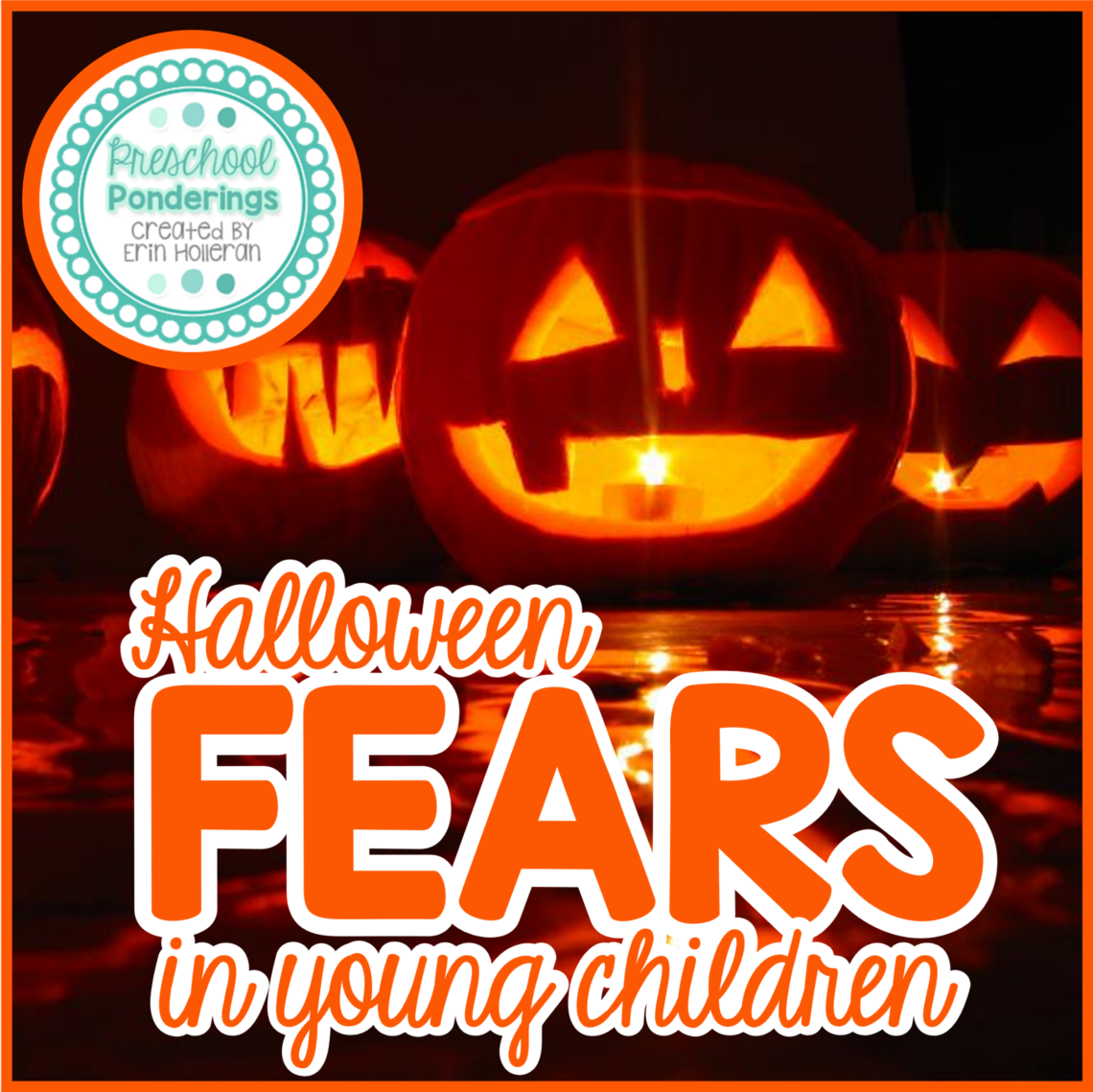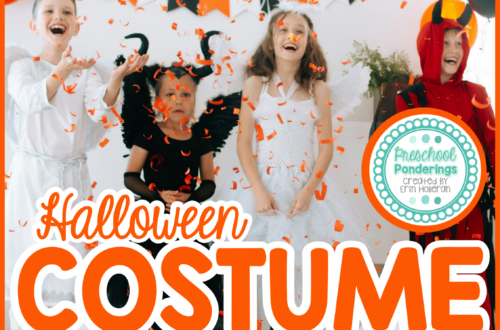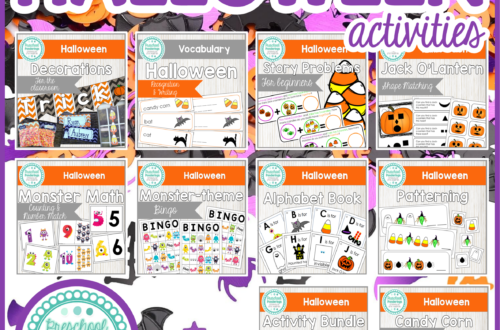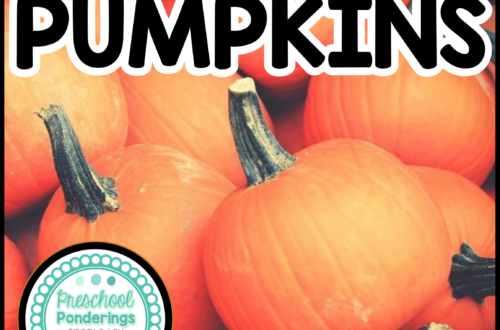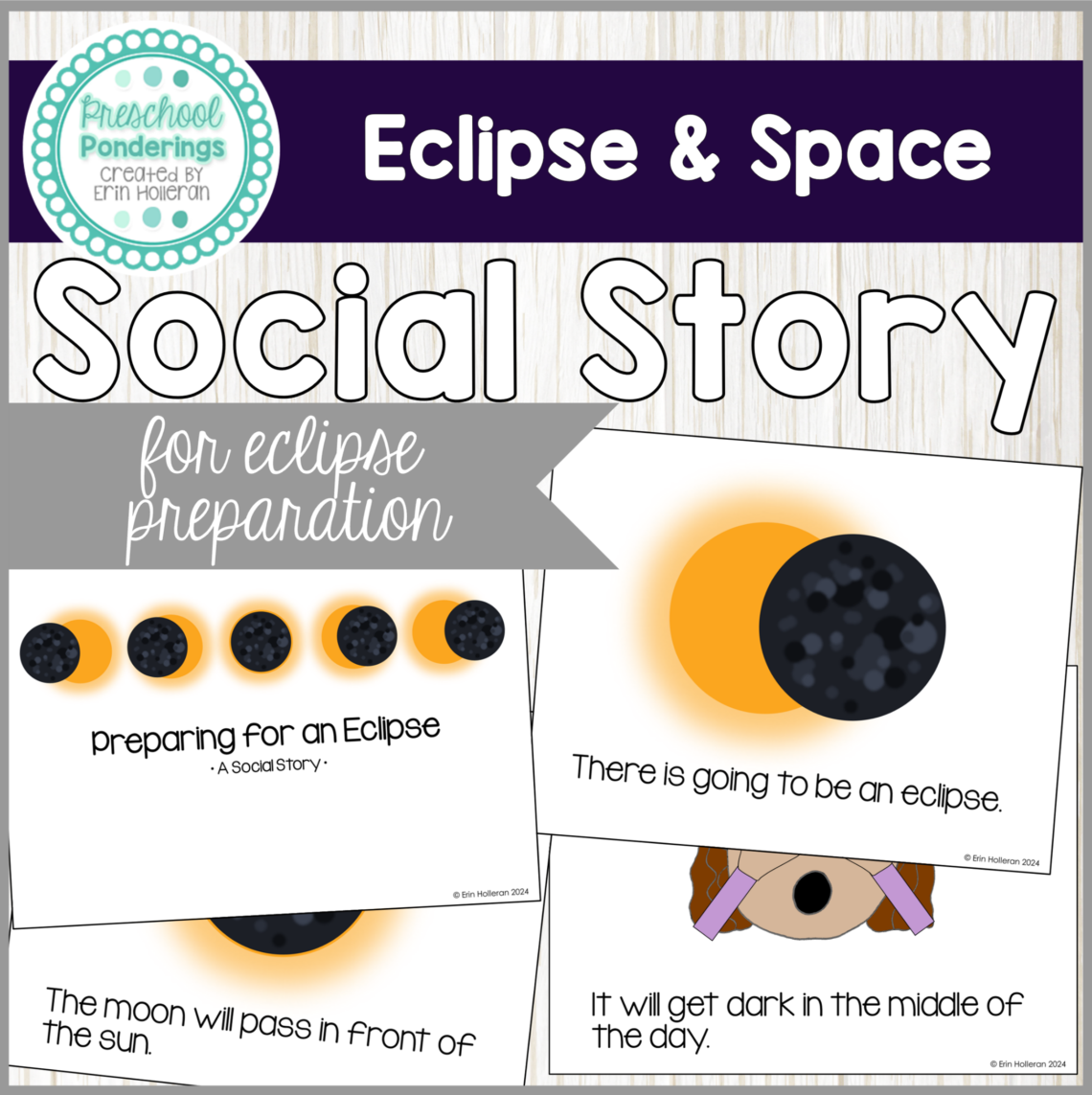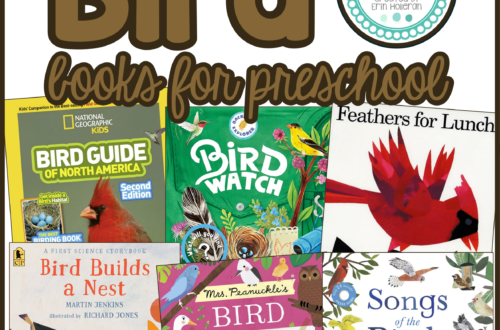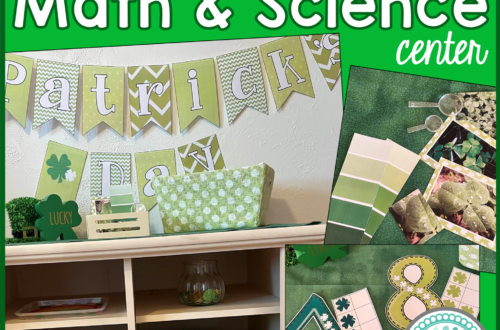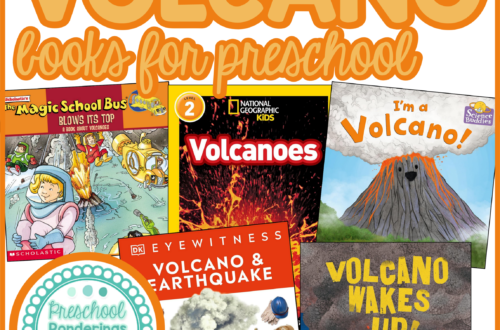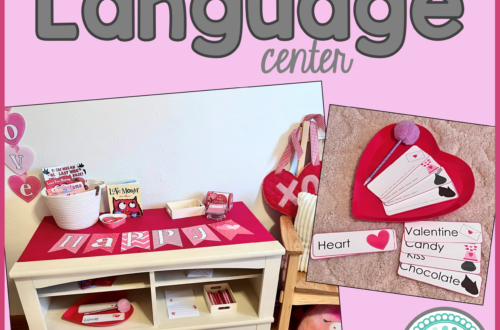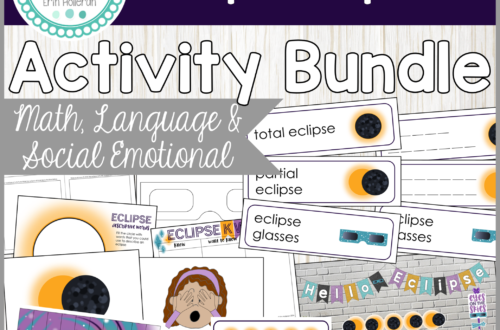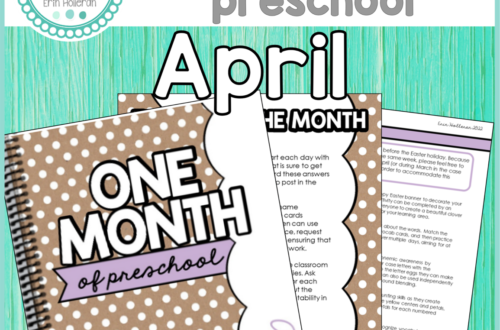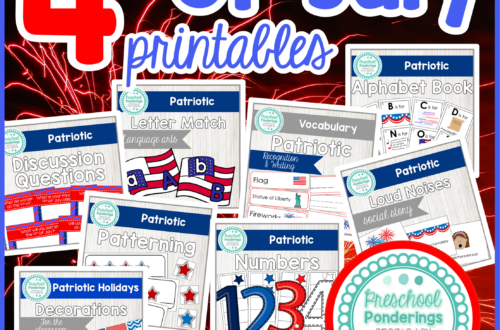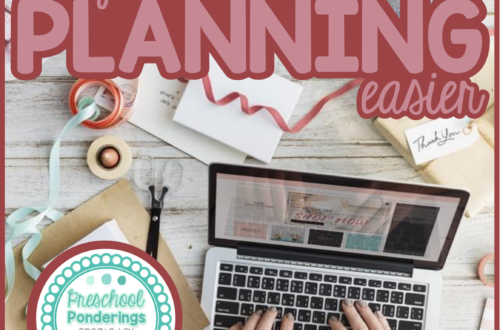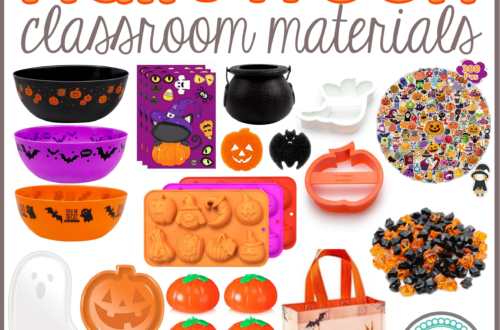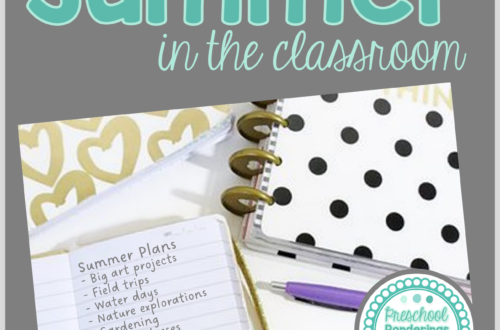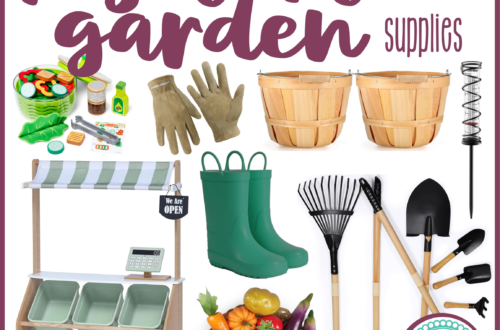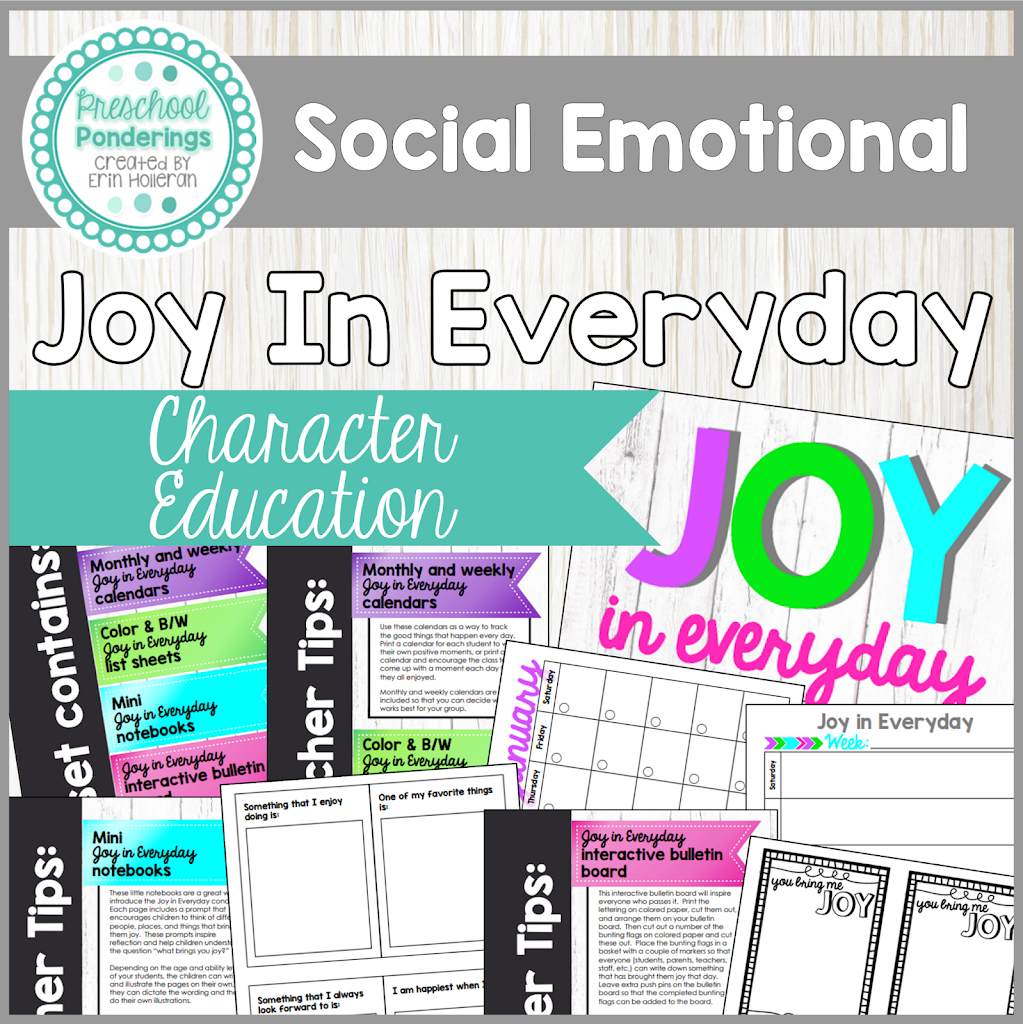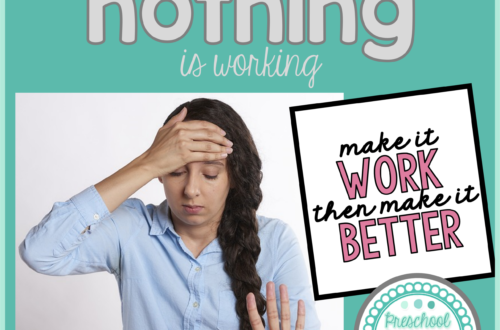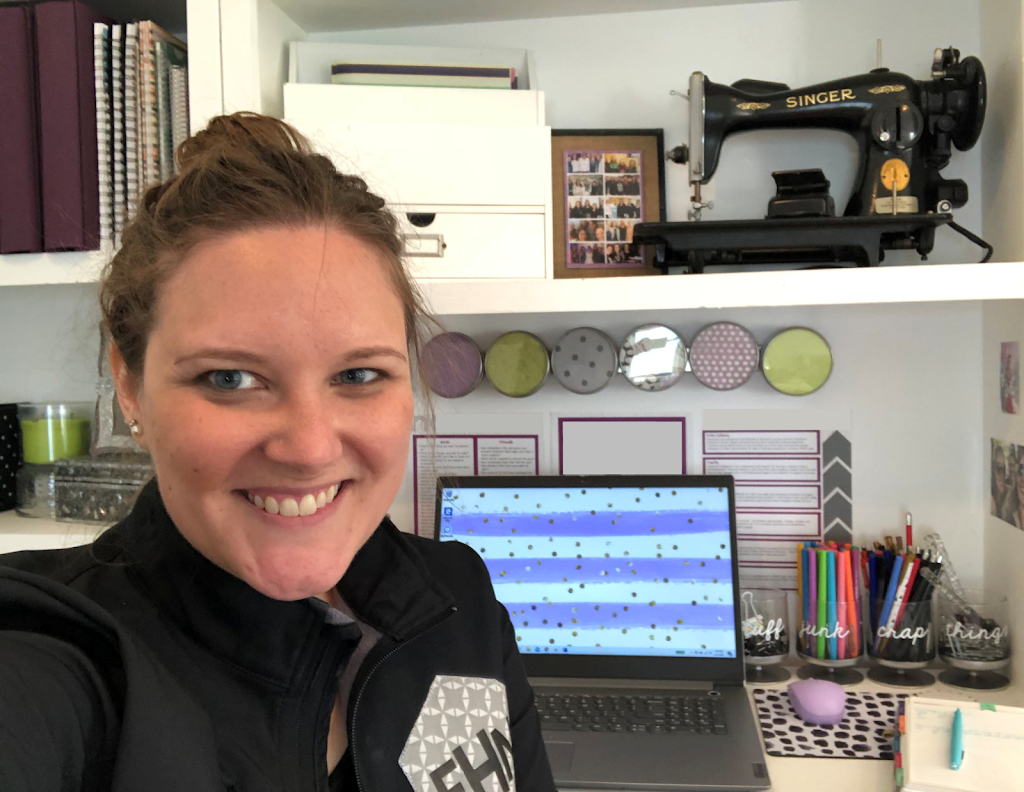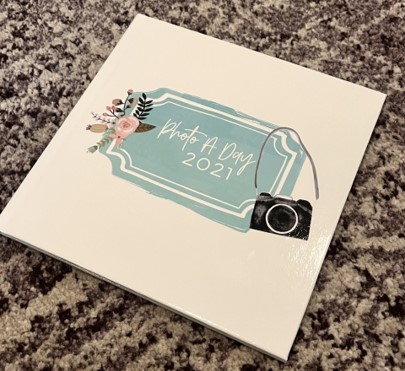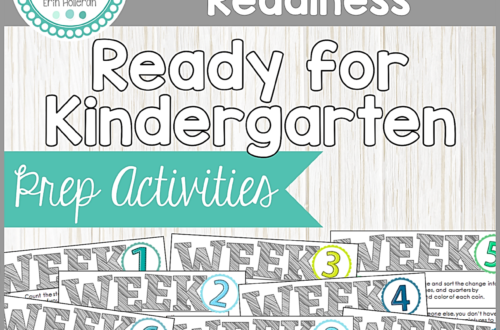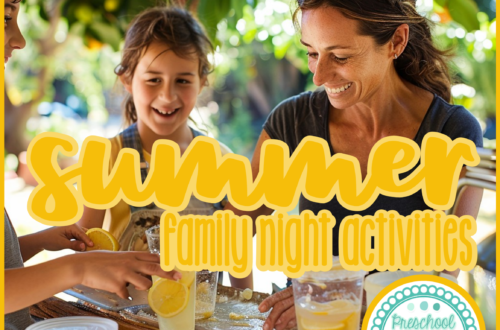social emotional
-
Halloween Costume Anxiety
Many children LOVE the opportunity to wear costumes on Halloween. They jump at the opportunity to dress up like someone else and truly enjoy the process of choosing a costume. There are some children who do not share this joy and really struggle with Halloween because of their feeling about costumes. Children may not like the way that a costume feels when they wear it. If this is the case then getting creative and identifying costumes that can be created with the types of clothing that a child already enjoys wearing. Other children struggle with the idea of dressing like someone else. They may not want to be anyone or…
-
Managing Halloween Fears
Sometimes it seems like we celebrate Halloween for the entire month of October. I’m definitely not complaining about that – Bring on all of the costumes, pumpkin carving, trunk or treats, and hayrides! For the youngest children though, all of these events can be overwhelming and even scary. Let’s talk about some common Halloween fears and ideas for supporting children through them. Halloween, by it’s nature is meant to be scary and children definitely pick up on that. It’s impossible to drive through a community and not see a yard display or storefront that is designed to inspire fear. For very young children, they don’t have the cultural context to…
-
Understanding an Eclipse for Preschoolers
I’m on vacation – but I had to pop in and share this incredible resource before next week’s big eclipse! This social story is a simple way to explain to the very youngest students what an eclipse is, and what it might be light to experience one. Toddlers and preschoolers are so observant, they notice absolutely everything. This means that they know adults in their lives are talking about something pretty major, but they don’t necessarily understand the words that they’re using, because vocabulary words like “eclipse” and “path of totality” aren’t something that they have a frame of reference for. A social story like this one can open up…
-
Activities for Martin Luther King Jr. Day
I’m re-sharing a post today that is full of amazing ideas for exploring diversity in the classroom – hopefully these will fill in your lesson plans for next week! We’re working on social studies standards, and the timing worked out particularly well because today’s standard lends itself to Martin Luther King Day. Remember, the Standards that I use every day, and am most comfortable with are Ohio’s Early Learning Development Standards – you can review them here, however I’ve found that even if your State’s standards differ, many of these activities can still be aligned similarly. I’ve rounded up some great ideas today! Domain: Social StudiesStrand: GeographyTopic: Human Systems Preschool standards are…
-
A full month of preschool lesson plans!
Have you grabbed your copy of A Month of Preschool for April yet?! Four weeks of April preschool lesson plans, art ideas, dramatic play plans, and printable activities – and this month has an exclusive social emotional lesson that you can only get in this set: Children will build confidence and understanding of themselves as they put together this flower! The activity comes in two options – a cut and paste, or a color and write: These monthly sets are everything that I’ve used in my own classroom, printable and meant to make your life easier. I hope that you’ll try April’s because I’ve got a ton of new stuff…
-
Building a Positive Mindset
I consider myself a naturally positive person, but the classroom can be a hard place to keep that going. Someone is always upset with someone else, there is always a mess somewhere, and I’m constantly having to change my plans. It takes a toll! When positivity doesn’t come naturally, there are some things that help me keep that positive mindset in the classroom. First and foremost, when I recognize that I’m struggling I make a conscious effort to find something (anything) positive that I can acknowledge. Sometimes this is as small as a child nicely walking across the classroom, or offering to share with another child. I’ll spend the next…
-
Finding Joy
I’ve been sharing my experience with burnout, and today I wanted to revisit a product that I created while feeling ALL of these feelings. A common suggestion for staying present and building a little more positivity is to practice finding something to be grateful for each day. If this works for adults, then it can certainly work for kids too – and it’s never too early to teach these kinds of coping skills. That’s where “Joy in Everyday: Building Positive Thinking” comes from. In practicing identifying those things each day that brought me more joy, I realized that I needed a way to keep all of these thoughts organized so…
-
Love Tree
There are a ton of ways that you could create a love tree. The basic idea is to take some kind of tree branch – or you could even decorate a small Christmas tree – and hang paper hearts from the branches, similar to a thankful tree that you might do for Thanksgiving, but in this case ask parents, family members and your students to write down the things or people that they love. It’s an easy enough way to create a visual of all the things and people that are important to us. I’ve got a little twist for you. Instead of just writing down the names of things…
-
Family Valentine Station
Valentine’s Day is the perfect holiday for celebrating families because it is all about love. Focusing on the love between family members is also a great way to make Valentine’s Day relevant for our youngest learners. I always spent a lot of time helping my students understand that Valentine’s Day is a special day where we get to make sure the people that we love know how much we love them. We would make valentine’s for our family members, friends, and the special people in our lives. I recently thought of a way to extend this that I wish I would have done when I was in the classroom –…
-
Friday Freebie – Family Engagement Calendar
Happy Friday! I have found the perfect Friday Freebie for Family February – say that five times fast! Check out this Family Engagement calendar from Designed by Miss G. Now, I know that this calendar is for September, but it is is such a great idea that I just had to share. She also has freebies for October and November. Stick them in your files for next year and you’ll be glad that your family engagement activities have already been planned come next fall!
